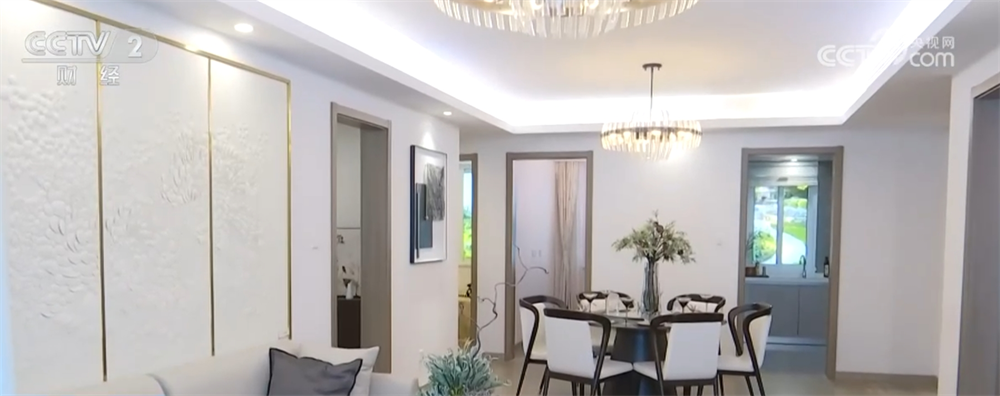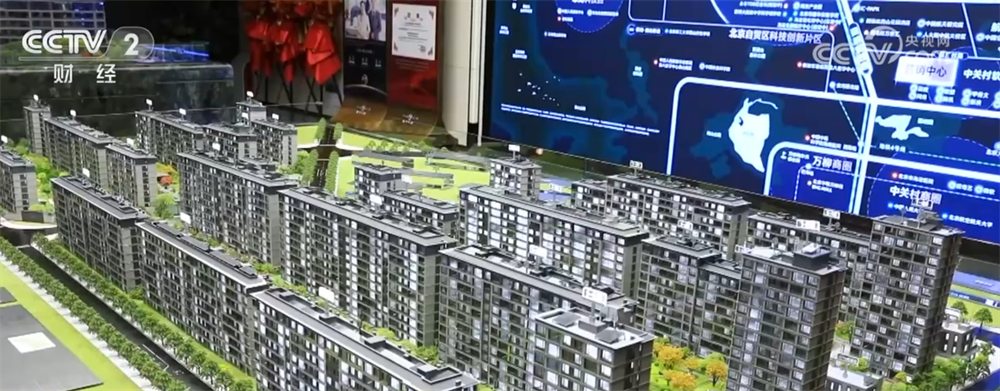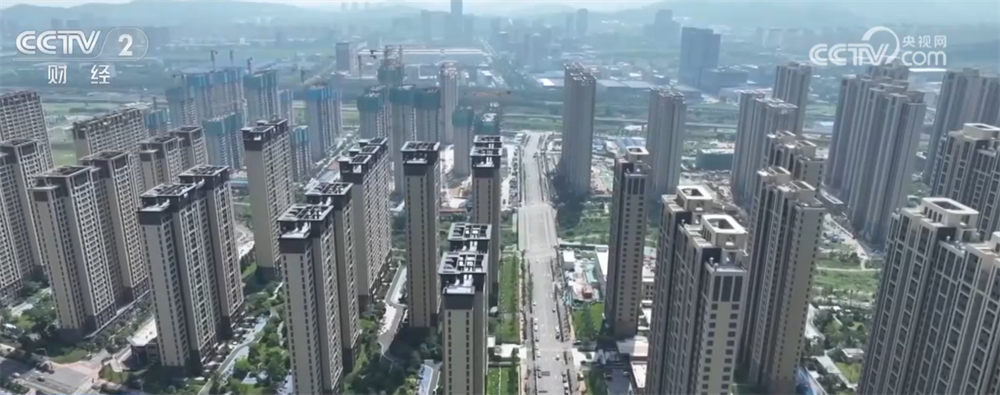CCTV News: On March 9, at a press conference held at the Third Session of the 14th National People's Congress, Ni Hong, Minister of Housing and Urban-Rural Development, said that my country's residential floor high standards will be raised to no less than 3 meters. This means that the national standards for floor heights that have been implemented for many years are about to change, especially with the further improvement and improvement of relevant regulations, the living comfort of housing will be further improved.
The height of the floor is like the "height" of a house, which refers to the distance from the floor of the floor to the upper floor. The actual height we usually say is net height on average. Use formulas to understand: floor height-floor thickness = net height.

For net height, my country's 2005 edition of the "Residential Building Code" and the 2011 edition of the "Residential Design Code" have mandatory requirements that should not be less than 2.4 meters. The floor height comes from the 2011 edition of the "Residential Design Code", which stipulates that "the residential floor height should be 2.80m." "OK" means that this is a suggestive requirement, so the level is slightly different when implemented in different places.

Since the national standards have been implemented for many years, some requirements no longer meet the requirements of people for improving living quality. Adjustment of floor high standards will mean a larger and more comfortable living space.

Liu Xiaozhong, chief architect of Beijing Institute of Architectural Design, said: "For example, floor heating now, it takes up some floor height. Another thing is that we currently target the people's requirements for comfort, sound insulation and crack prevention, etc., these measures must increase its space height. Conversely, we offset the space occupied by this part by increasing the floor height itself."

Wu Jing, vice dean of the School of Civil Engineering and Water Conservancy of Tsinghua University and director of the Real Estate Research Center, said: "After the height is high, for example, the windows have a larger space, which is very beneficial for lighting and ventilation, which helps significantly improve living comfort."
Many places have adjusted the local standards for residential floor heights first
In fact, in recent years, many places such as Jiangsu, Shandong, Yunnan have raised the standards for local residential floor heights, and the requirements of the new standard are concentrated between 3 meters and 3.3 meters.
In Tianjin, the new version of the "Tianjin Residential Design Standard" issued by the local government adjusts the original standard "the residential floor height should be 2.8m" to "the residential floor height should not be less than 3.0m".
In Kunming, in combination with the diverse and improved housing needs, it is clearly stated that the floor height of residential buildings shall not be less than 3 meters. It is also required that no matter whether the balcony is closed or not, the balcony is calculated as 1/2 of the horizontal projected area of the space.
Jiangsu's "Guidelines for Design and Construction of Improved Residential Homes" proposes that the floor height of improved residential buildings should not be less than 3.1 meters, and the floor height of improved residential buildings above three floors should not be greater than 3.6 meters; the floor height of improved residential buildings with floor heating, pipe-type fresh air or centralized central air-conditioning systems should not be less than 3.15 meters.

Shandong's high-quality residential design guidelines (trial) also make it clear that the residential floor height should not be less than 3.0 meters; and projects with conditions are encouraged to moderately increase the space height to more than 3.3 meters. Anhui's high-quality residential design guide has made further refinements. The residential floor height should not be less than 3 meters, and the prefabricated residential buildings and residential buildings with centralized air conditioning, floor heating systems, etc. should not be less than 3.1 meters.
Wu Jing said: "According to incomplete statistics, in the past three or four years, some cities have successively put forward the requirements for raising the height of residential buildings in the guidelines or guidelines for residential construction, and the standards for raising the future are concentrated between 3 meters and 3.3 meters."